
Article Summary: Voyageurs National Park Facts
Voyageurs National Park Facts! In this article, we provide you with 12 surprising facts about one of America’s most magnificent national parks.
More Than Just Parks is your one-stop-shop when it comes to learning everything you’ll need to know about America’s national parks. We’ve got expert guides, beautiful photos, helpful tips, breathtaking films and so much more.
I’ve been to so many of these amazing places since retiring from teaching in 2018. Did I mention that I taught history? I spent a lifetime teaching about the history behind some of these natural wonders. Then I got to see them firsthand.
And now I’m sharing some of the incredible stories about these beautiful places with you. It doesn’t get any better than that!
More Than Just Parks takes a deeper dive with its national park facts. We’ve done our homework so that you’ll get more than you bargained for.
To get you excited about planning your next visit, in this article we’re covering 12 fascinating facts about Voyageurs National Park.
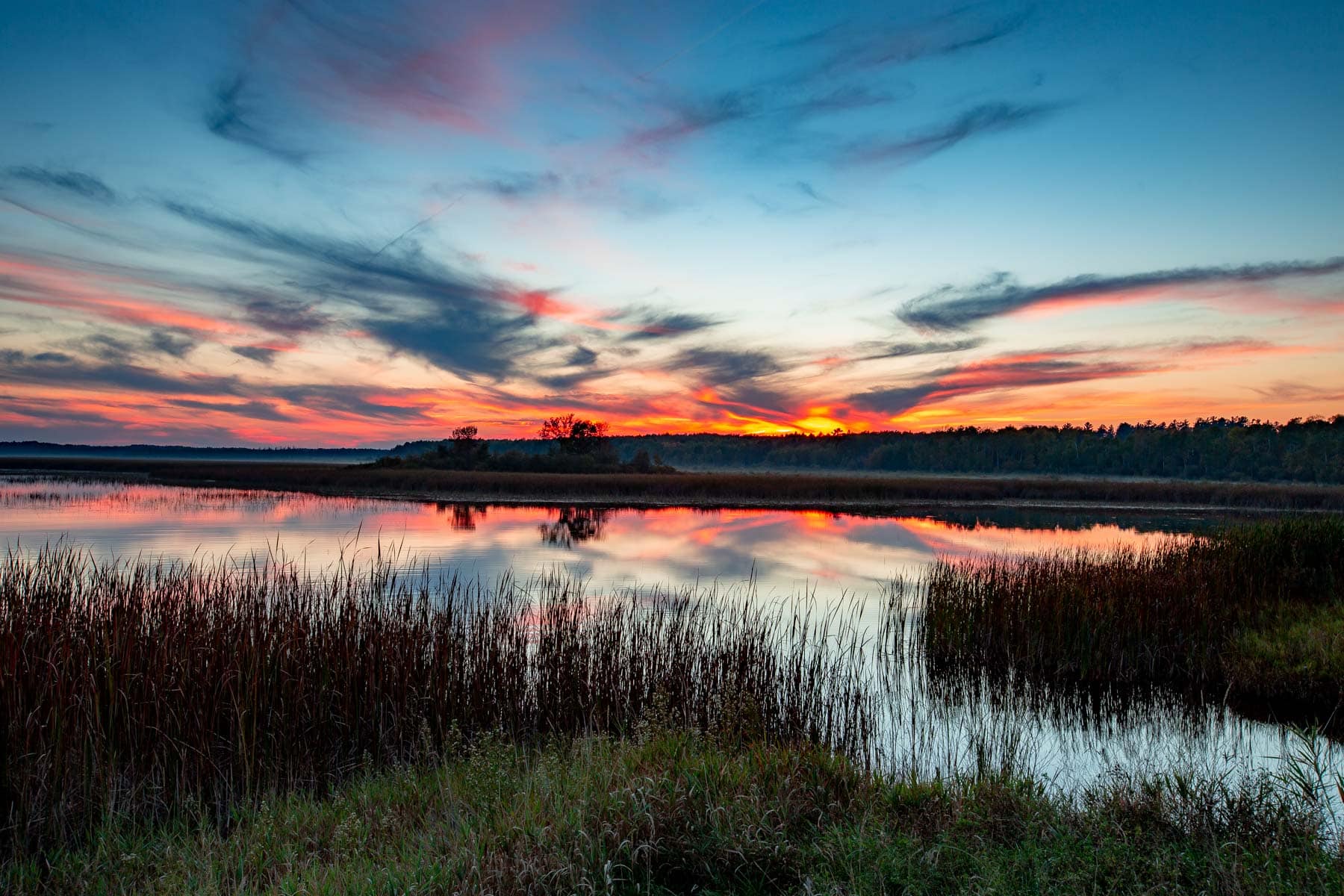
Table Of Contents: Voyageurs National Park Facts
Voyageurs National Park Facts
- Facts About Voyageurs National Park
- Voyageurs National Park Facts
- Top 5 Voyageurs National Park Facts
- 1. The First People To Inhabit Voyageurs Arrived Nearly 10,000 Years Ago
- 2. Voyageurs Offers An Amazing Collection Of Historical Properties
- 3. A Future Vice President Would Be An Early Supporter Of Voyageurs National Park
- 4. A Renowned Naturalist & Writer Led The Fight For A National Park In Minnesota
- 5. Voyageurs Is A Water-Based Park
- Top 10 Voyageurs National Park Facts
- Top 12 Voyageurs National Park Facts
- Meet The Parks Brothers
- Map Of Voyageurs National Park
- We Hope You’ll Follow Our Journey
- Top 5 Voyageurs National Park Facts
Facts About Voyageurs National Park
Voyageurs National Park is a national park in northern Minnesota. It’s located in the Rainy River District of Koochiching County, near the towns of International Falls, Orr, and Crane Lake.
The park is known for its system of interconnected waterways and its network of hiking trails. It is also home to a variety of wildlife, including wolves, bears, moose, and birds of prey.
The park is named after the voyageurs, the French-Canadian fur traders who traveled through the area in the 18th and 19th centuries.
Voyageurs is open year-round, and visitors can enjoy activities such as boating, fishing, camping, and hiking.
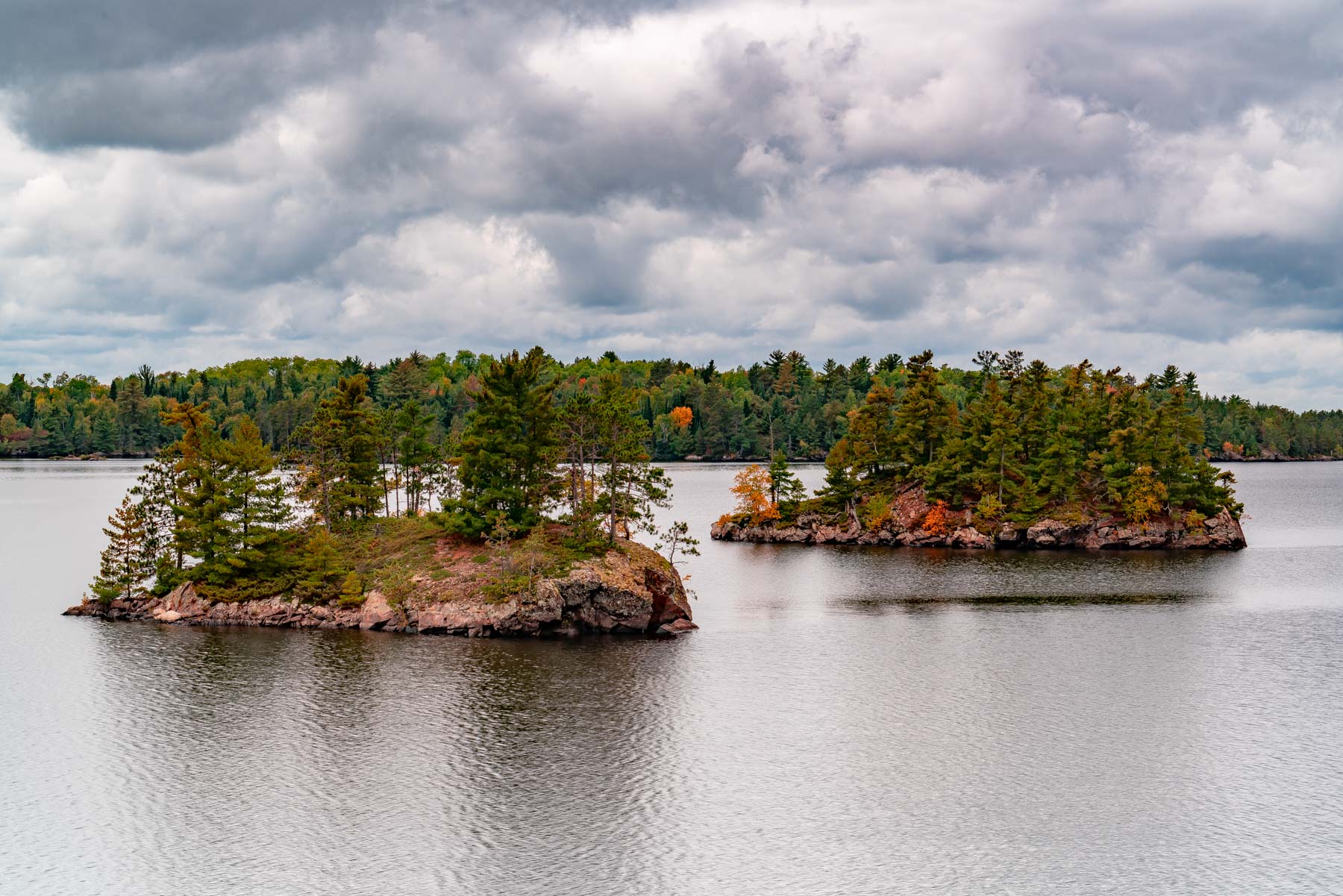
Here Are Some Basic Facts About Voyageurs National Park
- Location: Minnesota
- Acreage: Voyageurs National Park is one of the nation’s wildest, most remote, and unique national parks, stretches 55 miles along the Minnesota-Ontario border, encompassing 218,055 acres of land and water. Over 900 acres of privately-owned properties remain within the park.
- Visitation: There were 232,974 visitors in 2019.
- Elevation: Voyageurs’ lowest point is 1,108 feet at Rainy Lake. The highest point in Voyageurs is 1,410 feet near Mead Wood Road.
- Climate: Voyageurs National Park has a warm summer continental climate, which means it has short, mild summers followed by long winters. Spring, and more especially autumn, are short, mild transition seasons. The air is temperate during June, July, and August when periods of mild weather prevail.
- When Did It Become A National Park? Voyageurs National Park was established in 1975.
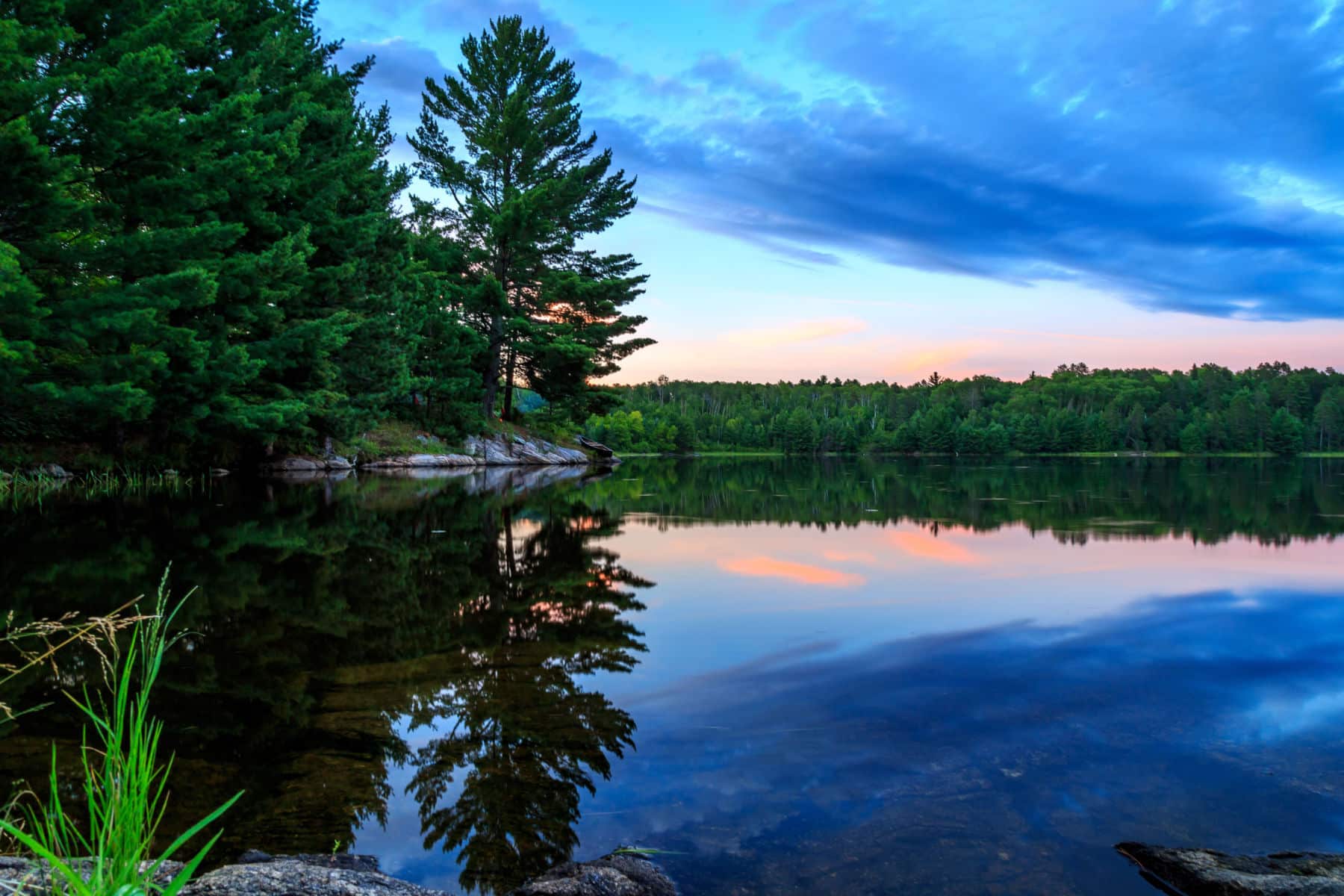
Voyageurs National Park Facts
Top 5 Voyageurs National Park Facts
1. The First People To Inhabit Voyageurs Arrived Nearly 10,000 Years Ago
As a former history teacher and lifelong history buff, I have always been particularly fascinated by origin stories. For me, one of the most interesting Voyageurs National Park Facts has to do with the park’s earliest inhabitants.
The first people to occupy the lands now designated as Voyageurs National Park arrived nearly 10,000 years ago during the Paleo-Indian Period.
They entered the area as the waters of glacial Lake Agassiz receded. This ancient lake once covered 110,000 square miles of Minnesota, North Dakota, Manitoba, Ontario, and Saskatchewan in Canada.
During the Archaic Period (8,000 B.C. – 100 B.C.), people followed a mobile, hunting, and gathering lifestyle. Fishing was a major source of food, although the gathering of plants continued to be important.
During the Woodland Period (100 A.D.- 900 A.D.), people increased their use of the wild rice that is native to this area. They also began to use ceramics to fashion small, side-notched triangular projectile points.
These periods of human habitation have left archeological sites that can still be found in the park today, providing a glimpse into the lives of the first inhabitants of this area.
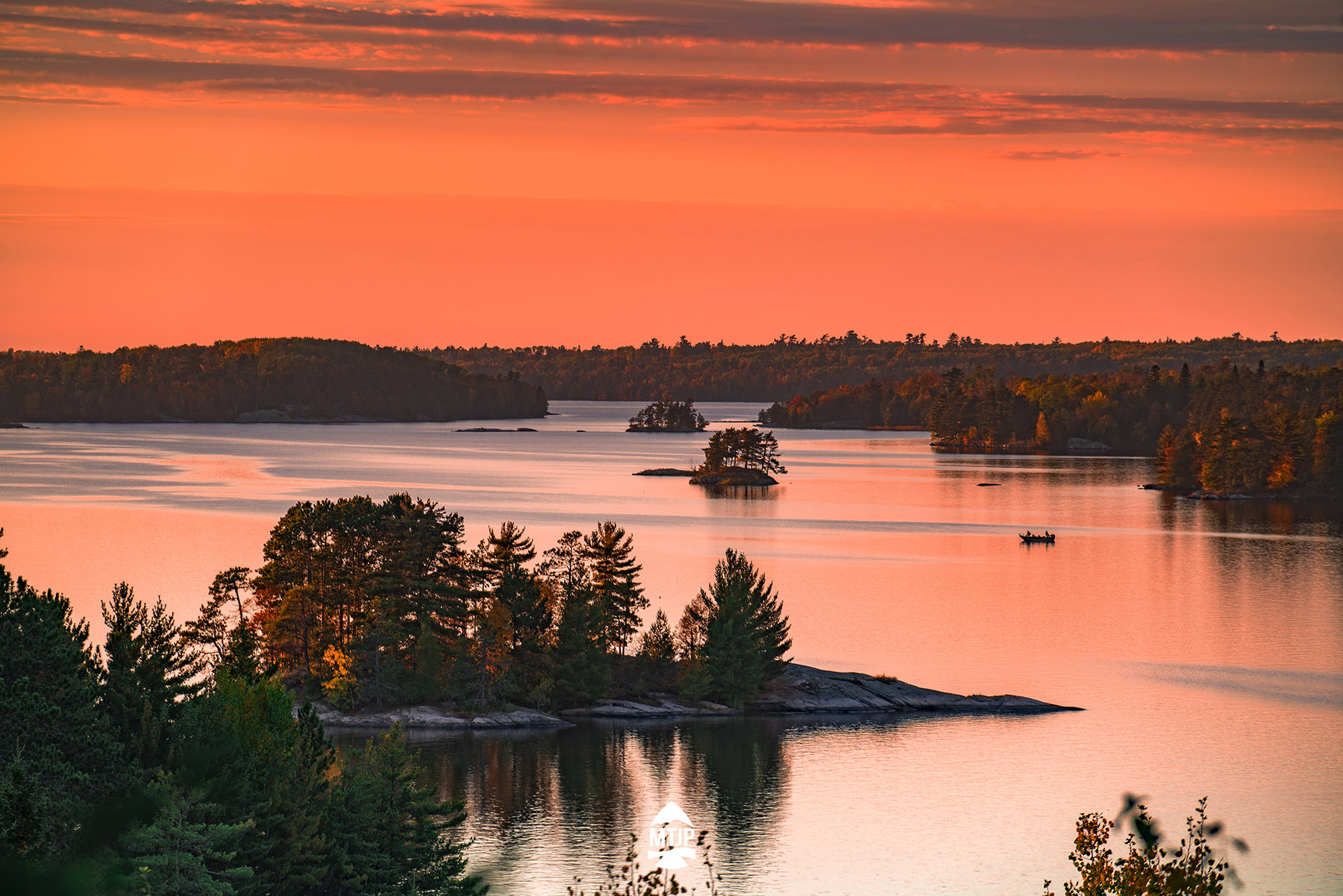
CHECK OUT: 10 Incredible Things To Do In Voyageurs National Park
2. Voyageurs Offers An Amazing Collection Of Historical Properties
With my love of history, one of my favorite Voyageurs National Park Facts has to do with the park’s amazing collection of historical properties. Visiting them is like taking a trip back in time.
Voyageurs National Park is responsible for managing 16 historical properties that are listed on or eligible for the National Register. The National Register of Historic Places is the official list of the Nation’s historic places worthy of preservation.
One of the most popular of these sites is the Kettle Falls Hotel. According to the National Park Service, the history of Kettle Falls is as colorful as the red roof on the hotel.
Constructed by timber cruiser Ed Rose and reputedly financed by Nellie Bly, the Kettle Falls Hotel has accommodated and entertained travelers since 1913.
Robert Williams bought the hotel in 1918 for $1,000 and four barrels of whiskey. From its somewhat scandalous past, grew a long tradition of hearty home cooking and hospitality served by the Williams family.
This historic hotel was renovated by the National Park Service in 1987. Today visitors can enjoy a hearty meal, relax on the veranda or spend the night in surroundings more comfortable than a tent.

Ellsworth Rock Gardens
Another popular site is the Ellsworth Rock Gardens. This site has been known as the “Showplace of Lake Kabetogama” since the 1940s.
Jack Ellsworth, the garden’s creator and a self-taught artist, used natural elements of the native northern Minnesota landscape as his artistic media, creating an original and distinctive art environment on the north shore of Kabetogama Lake.
Ellsworth first constructed 62 terraced flower beds on the outcrop, which he filled with more than 13,000 lilies of four varieties. He augmented the lilies with twenty-eight other flower varieties incorporating both annuals and perennials.
Working with a hierarchy of local stone, Ellsworth crowned the meandering dry-stacked walls that surround the planting beds with a layer of crushed white quartz, creating a distinctive “frosting.”

Harry Oveson Fish Camp
The Harry Oveson commercial fishing site in Voyageurs National Park serves as a reminder of the hardworking lifestyle of commercial fisherman like Harry Oveson.
The site includes a picnic table and fire ring, where visitors can enjoy a shore lunch and immerse themselves in the history of fishing in Voyageurs.
Visitors can also peek into the ice house, relax and watch for birds while experiencing the seclusion and lifestyle of Harry’s legacy.
Overson was a commercial fisherman in the Rainy Lake area and on July 1, 1985, the State of Minnesota paid Harry and two other remaining Rainy Lake walleye netters $17,633.31 each to surrender their licenses.
Harry Oveson then closed up camp and moved to Arizona where he died in 1990 at the age of 84.

Casareto Cabin
This historic cabin is representative of the early recreational period of what was to become the national park.
In the 1930s, the effects of the Great Depression were lessened for some and passable roads were built, bringing a proliferation of automobiles to the area.
This made lakes, such as Crane Lake, accessible to tourists. Some of these tourists fell in love with the area and purchased property for summer cabins. This was the case with the Casareto Summer Cabin.

Other Historic Sites
The 12 other historic sites which you may be interested in exploring are:
- Kabetogama Ranger Station
- Levin Cabin
- Gold Mine Historic District
- Garrett Cabin
- Fujita Cabin
- Camp Marston
- Levin Cabin
- Meawood Lodge
- I.W. Stevens Resort
- Monson’s Hoist Bay Resort
- Kaukola Homestead
- Mittet Cabin
- Ingersoll Estate
Voyageurs National Park also preserves over four hundred archeological sites.

And For Those Interested In Taking A Deeper Historical Dive
Voyageurs National Park also offers resources for those who are interested in doing research on the park’s history.
Three collections are managed at Voyageurs National Park:
- the museum collection consists of objects directly related to the history of the park area;
- the archives contain records generated by park establishment and operations;
- and the library includes reference materials about the history of the region and is for use by park staff and visitors, researchers, and students. (Source: NPS)
CHECK OUT: Voyageurs National Park – An Epic Guide To Minnesota’s Watery Wonderland
3. A Future Vice President Would Be An Early Supporter Of Voyageurs National Park
You cannot talk about the history of Voyageurs National Park without two names coming up, Walter Mondale and Sigurd Olson. One was a United States Senator and the other a renowned naturalist and writer.
Throughout his life of service Walter Mondale was a tireless champion of conservation and is responsible for the protection of countless natural wonders that we enjoy today, including Voyageurs National Park and the beloved Boundary Waters Canoe Area Wilderness.

Fritz, as his friends called him, enjoyed canoeing the lakes and rivers of Minnesota and was instrumental in their protection.
He, along with fellow Senator Frank Church from Idaho, also championed the passage of the Wild & Scenic Rivers Act which protected countless pristine rivers in their natural state throughout the United States and laid the framework for the future protection of many more of America’s majestic and threatened waterways.

Mondale Was An Early Voice For Voyageurs
In 1967, then-Senator Walter Mondale was a strong advocate for the creation of Voyageurs National Park in Minnesota, which includes Rainy, Namakan, and Kabetogama Lakes.
According to the National Park Service, Mondale was the first major state officeholder to speak in favor of the park’s creation.
On September 16, 1967, Mondale addressed the annual gathering of the Minnesota Conservation Association in Duluth and his speech was entirely devoted to the need for the establishment of Voyageurs National Park.
He also expressed deep concern about the possibility of private lakeshore development on Kabetogama, noting that it could jeopardize the opportunity for a national park on the Kabetogama peninsula.
His efforts and advocacy played a significant role in the creation of Voyageurs National Park which was established in 1971.
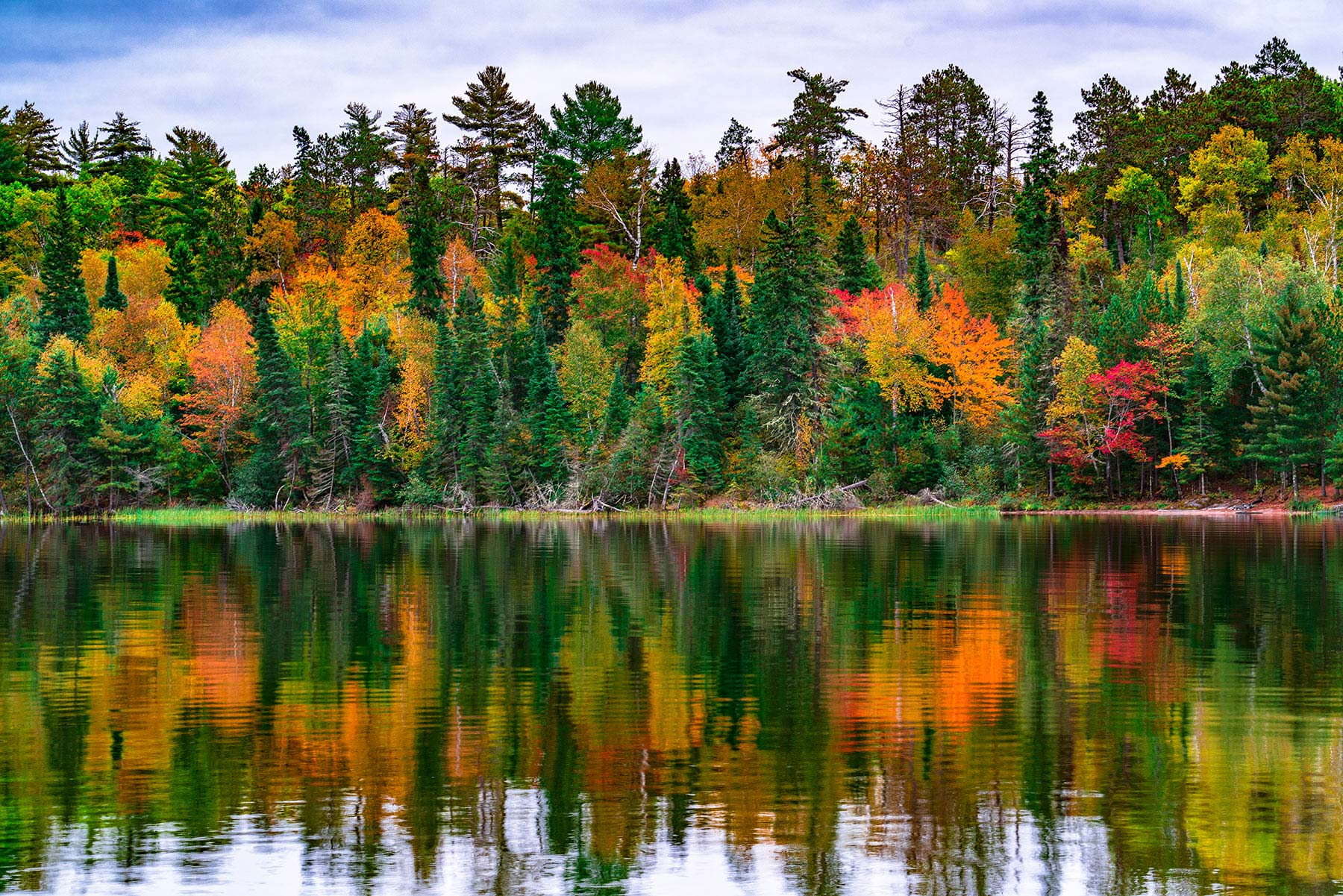
4. A Renowned Naturalist & Writer Led The Fight For A National Park In Minnesota
As a former history teacher, I was well aware of the work of Walter Mondale. As for Sigurd Olson, I must confess that I knew absolutely nothing about this extraordinary man.
That having been said, I now number myself among his admirers, not only for his efforts to bring about Voyageurs National Park, but for his incredible body of work as well.

A Teacher & Writer
After high school, Olson attended Northland College for two years. He spent a great deal of his time fishing, hunting and enjoying nature.
Olson finished his studies at the University of Wisconsin-Madison, graduating in 1920 with a bachelor’s degree in agriculture. Later, at the University of Illinois he would earn a master’s degree in animal ecology in 1932.
He taught biology at what was then Ely Junior College in Ely, Minnesota, and ran an outfitting business serving the Boundary Waters, a region he grew to love for its unspoiled wilderness. Olson was named dean of that community college in 1936, a post he left in 1947 to devote himself full time to writing.
In 1956, when Olson was 57, his first book, The Singing Wilderness, was published and became a New York Times bestseller.
Over the next 30 years, he went on to write numerous magazine articles and eight more books, including Listening Point, The Hidden Forest, and Reflections of the North Country.
In 1974, he was presented with the highest honor in nature writing – the John Burroughs Medal from the John Burroughs Association. (Source: Lake Superior Magazine)

“There is magic in the feel of a paddle and the movement of a canoe, a magic compounded of distance, adventure, solitude, and peace.”
-sigurd olson
A Conservationist
Sigurd Olson was also one of the most influential conservationists of the 20th century. As a nature writer, he is best known as the author of and eight other books about the North Woods wilderness of northern Minnesota.
Olson played an important role in the preservation of a number of national parks, seashores, and wilderness areas.
He served as a volunteer leader in several environmental groups, including President of The Wilderness Society, President of the National Parks Association, and Wilderness Ecologist for the Izaak Walton League.
Olson helped draft the Wilderness Act of 1964 and identify lands later protected under the Alaska National Interest Lands Conservation Act, which set aside 104 million acres as national parks, wildlife refuges and forests.
He was instrumental in the establishment of Voyageurs National Park, which he named.
Olson’s proudest moment may have come in 1978, when President Jimmy Carter signed a law granting full wilderness protection to Minnesota’s Boundary Waters Canoe Area. (Source: Sierra Club)
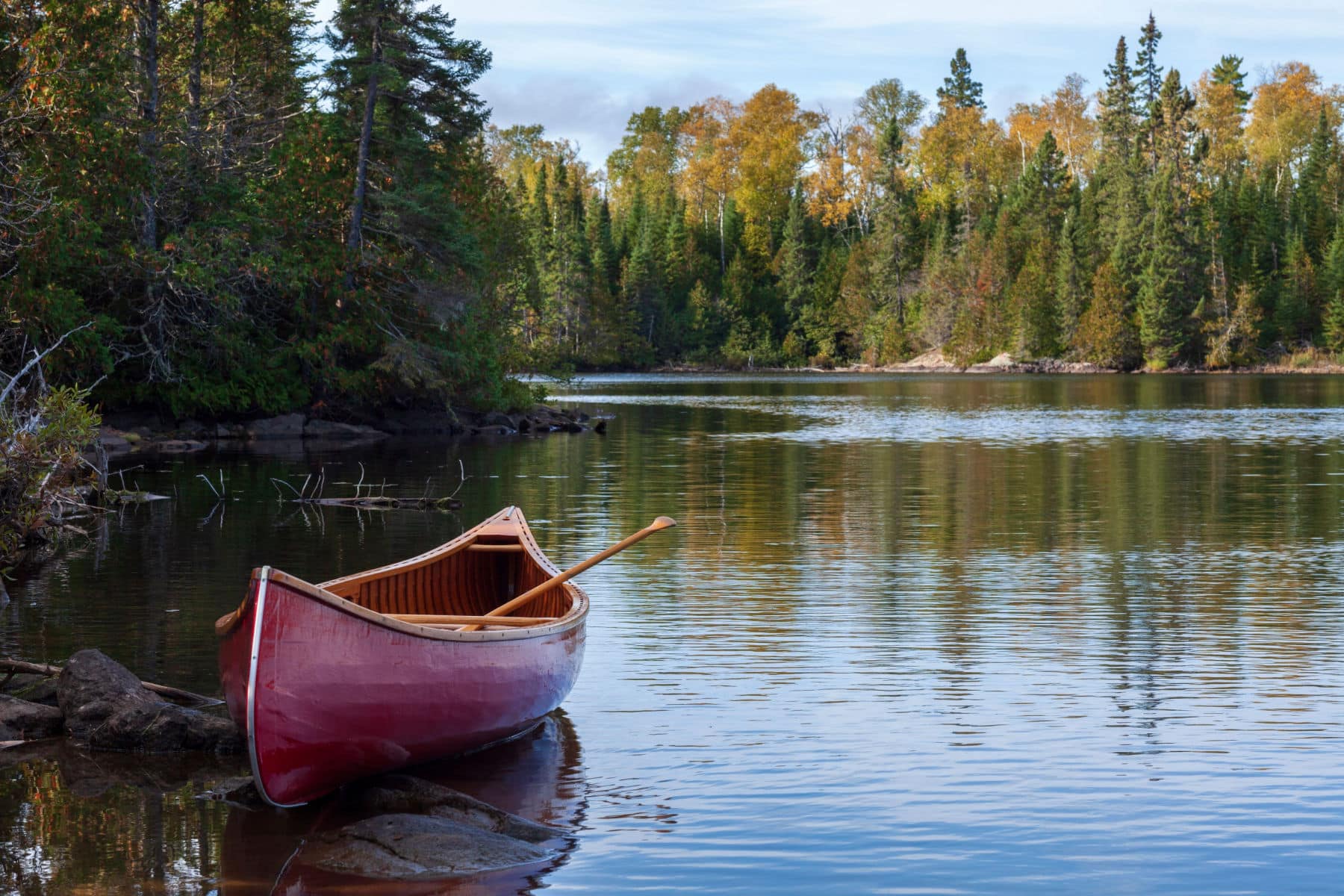
He Left Behind A Legacy Like Few Others
Sigurd Olson is the only person to have received the highest honors of the four leading citizen organizations which focus on the nation’s public lands.
These include: the Izaak Walton League, the National Wildlife Federation, the Sierra Club and the Wilderness Society.
He also received the John Burroughs Medal, which is considered to be the highest award in nature writing.
On January 8, 1971, when President Richard Nixon signed the bill officially creating Voyageurs National Park, former National Park Service Director Conrad Wirth may have paid Olson the ultimate tribute when he wrote, “I doubt very much if the Voyageurs National Park would have been established if it had not been for Sig. . . He was the spirit behind it.”

CHECK OUT: This Woman Started The Modern Environmental Movement
5. Voyageurs Is A Water-Based Park
If you’re planning a trip to the park then our next Voyageurs National Park Fact may be the most important one.
Voyageurs is a water-based park. The park contains 84,000 acres of water, 655-miles of undeveloped shoreline, and more than 500-islands.
Water-based travel is the predominant way to experience this national park.
According to the National Park Service, there are four large lakes: Rainy, Kabetogama, Namakan, and Sand Point Lakes.

These lakes provide access to 26 smaller interior lakes which, in turn, provide access to campsites, visitor destinations, hiking trails, and many recreational activities.
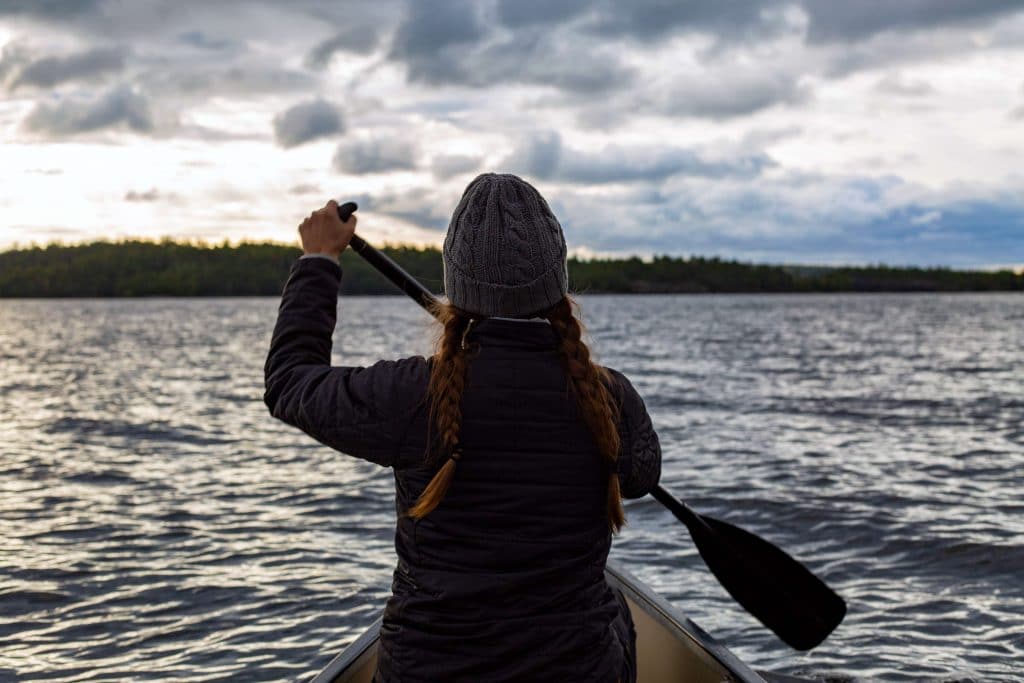
CHECK OUT: Voyageurs In Winter
Top 10 Voyageurs National Park Facts
6. The Park Is Home To A Diverse Array Of Wildlife
If you love to watch the wildlife then our next Voyageurs National Park Fact is for you.
The park is home to a diverse range of wildlife, including wolves, black bears, beavers, moose, and bald eagles.
The park also has a population of lynx, a species that is threatened in the state of Minnesota.

Where Can I See The Wildlife?
Most of the moose within the park reside on the Kabetogama Peninsula.
In the summer, your best chance of seeing a moose may be along the Cruiser Lake Trail or perhaps by a remote beaver pond where you might catch a moose stopping by for a drink in the early morning.
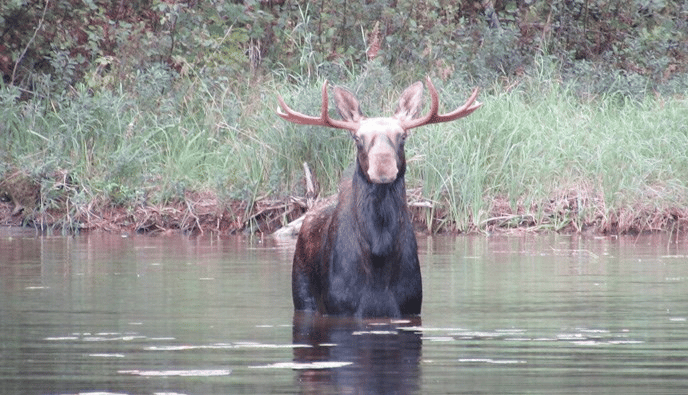
Beavers maybe seen swimming along the shorelines of the park’s lakes and are occasionally viewed cutting down trees along the water’s edge.
Active beaver lodges are scattered throughout the park and are identified by peeled logs laying on top of a lodge and a fresh coating of mud.

While Voyageurs hosts a healthy population of wolves, the chances of seeing them are highest in the winter when they are hunting or moving along the shorelines of the big lakes.
Wolves may also be often spotted crossing the park entrance roads.

CHECK OUT: Voyageurs In Spring
7. Voyageurs National Park Lies In A Transition Area
Now if it’s native plants and wildflowers that you enjoy, Voyageurs offers visitors a unique experience.
This is because the park lies in a transition area between the southern boreal forest to the north and temperate deciduous forest to the south and east.
It’s composed of a variety of ecological systems, including conifer forests, hardwood forests, bogs, swamps, marshes, rocky outcrops, and lakeshore environments.
Voyageurs is home to over 50 tree and shrub species, over 40 fern and moss species, over 200 grass, sedge, and rush species, and over 400 wildflower species.

The Forests Are Alive With Color
Voyageurs National Park is home to a diverse array of flora, including over 400 wildflowers that bloom throughout the season, offering a spectacular display of changing colors.
Visitors can also discover a variety of berries such as blueberries, raspberries, strawberries, and hazelnuts. The park is also home to a wide range of woody plants, from small shrubs to towering trees, that have thrived in the area for thousands of years.
Additionally, the park is home to a wide variety of mushrooms and fungi, which can be found throughout the park.
Visitors should note that the collection of mushrooms and fungi is prohibited within the park boundary to preserve the natural ecosystem.
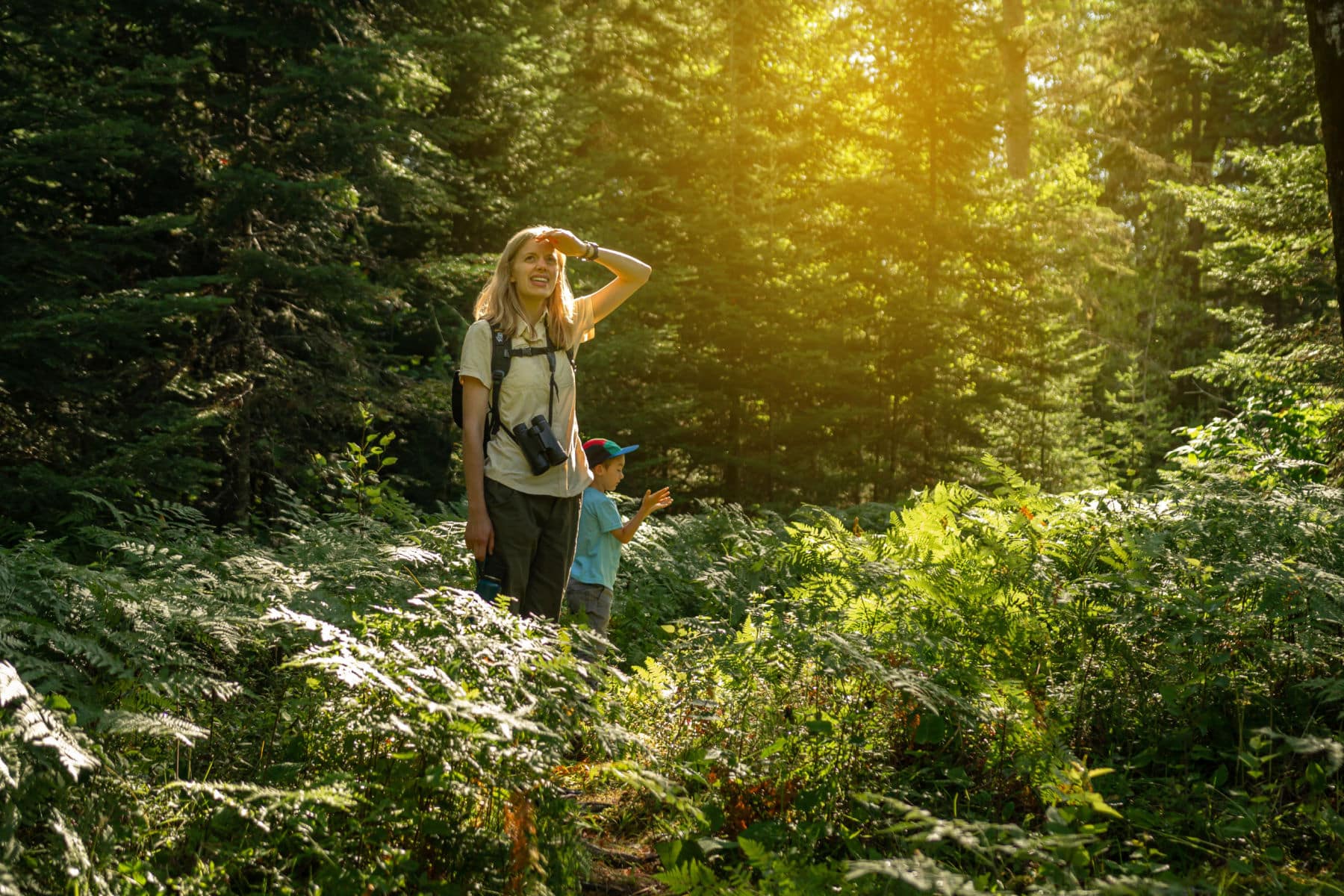
CHECK OUT: Voyageurs National Park Camping (Everything You’ll Need To Know)
8. The Park Offers Excellent Hiking Opportunities
If you enjoy hiking (and who doesn’t) then our next Voyageurs National Park Fact will not disappoint you.
Voyageurs National Park offers some excellent opportunities for hiking. There are over 100 miles of trails to explore while you’re there.
Hikers enjoy views of wildlife like loons, eagles, osprey, and more.
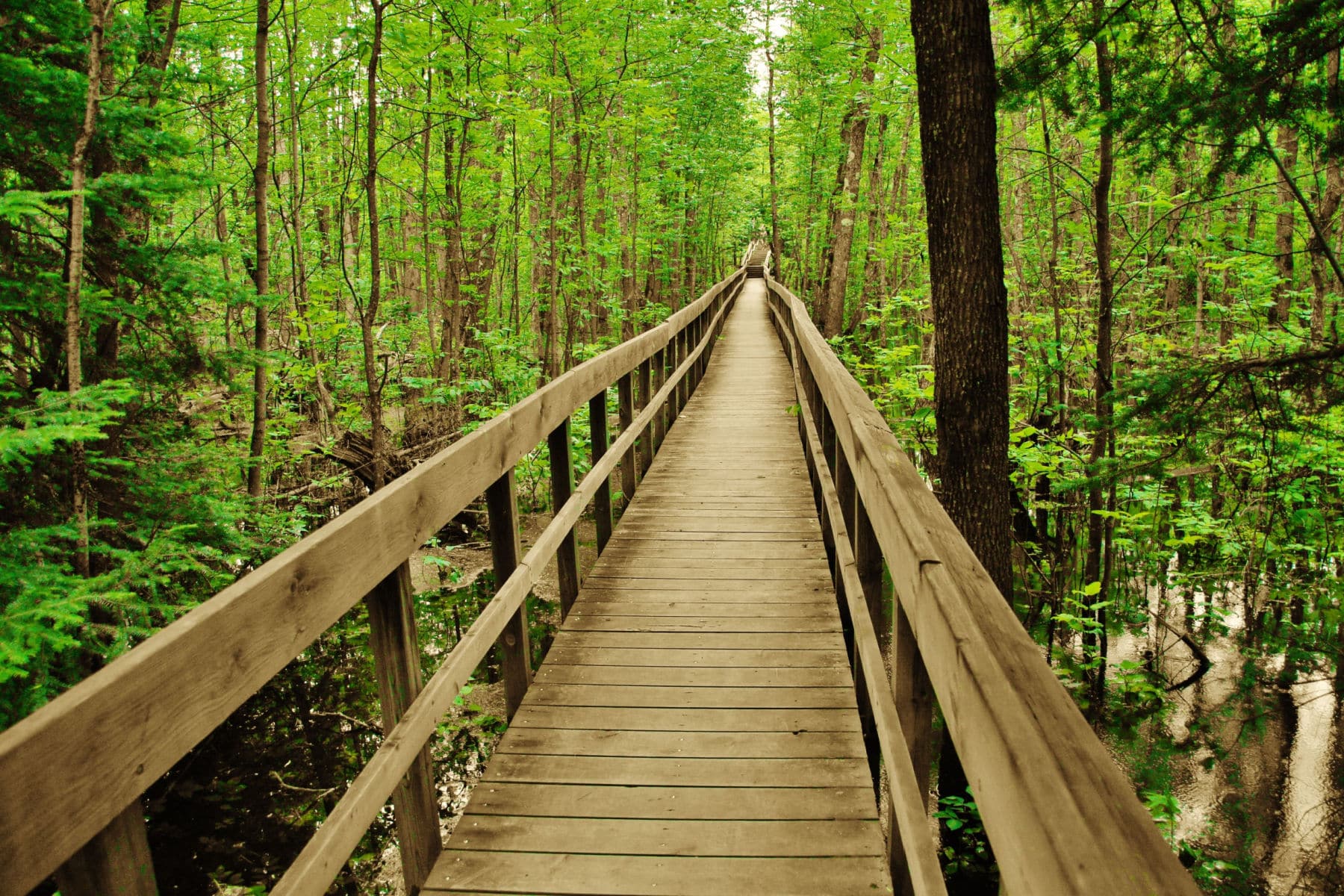
These Are A Few Of My Favorite Trails
Among my favorite trails are the following:
- Oberholtzer Trail: This 1.6 mile trail will take you through deciduous and conifer forest as the trail twists around the edge of a cattail filled wetland and past rocks deposited by ancient glaciers. Look for signs of wildlife as you hike to two different overlooks with marsh and lake views.
- Sullivan Bay Trail: This easy (1.5 mile) hike along an old forest road leads you through both coniferous and deciduous forest. The trail ends at a viewpoint on Sullivan Bay with a picnic table and fire ring. It treats those who are interested in geology with lots of exposed rock, created by volcanic activity over 2 billion years ago.
- Rainy Lake Recreation Trail: This trail offers visitors a peaceful experience as it meanders along the park road, into the woods, and around rock outcrops. This paved trail is a great option for leashed pets, bicyclists, walkers, runners, and snowshoers to take in the views of forest, lake, and marsh scenery. It is a non-strenuous, accessible trail that requires about 1.5 hours round trip to complete.
- Echo Bay Trail: This is a 1.5 mile wide trail showcases the transition between deciduous and boreal forests as you pass through lowlands and rocky outcrops. With views of wetlands created by the engineering genius of the North American Beaver, and dense forest, the trail is popular with birders. Sightings from warblers to woodpeckers and even raptors are common. (Source: NPS)

CHECK OUT: Visiting Grassy Bay Cliffs In Voyageurs National Park
9. Voyageurs Is A Great Place To See The Northern Lights
One of my favorite Voyageurs National Park Facts has to do with a spectacular fireworks show that is courtesy of Mother Nature. What this means is that you have an opportunity to experience the Northern Lights at the park.
What are the northern lights? Formally called the aurora borealis, the northern lights are an atmospheric phenomenon in which undulating waves of green, purple, and red lights dance across the sky.
They occur when waves of energized particles from the sun called solar wind bombard our atmosphere.
In order to see this spectacular light show, the aurora must be active and the sky must be clear.
Be advised that these dazzling lights can appear at any time of night. The aurora may be active all day long, but the lights will only be visible against dark skies. A full moon and man-made lights might make the northern lights appear dimmer.
You might want to check NASA’s sky calendar to learn when the moon will rise and how bright it will be during your trip.
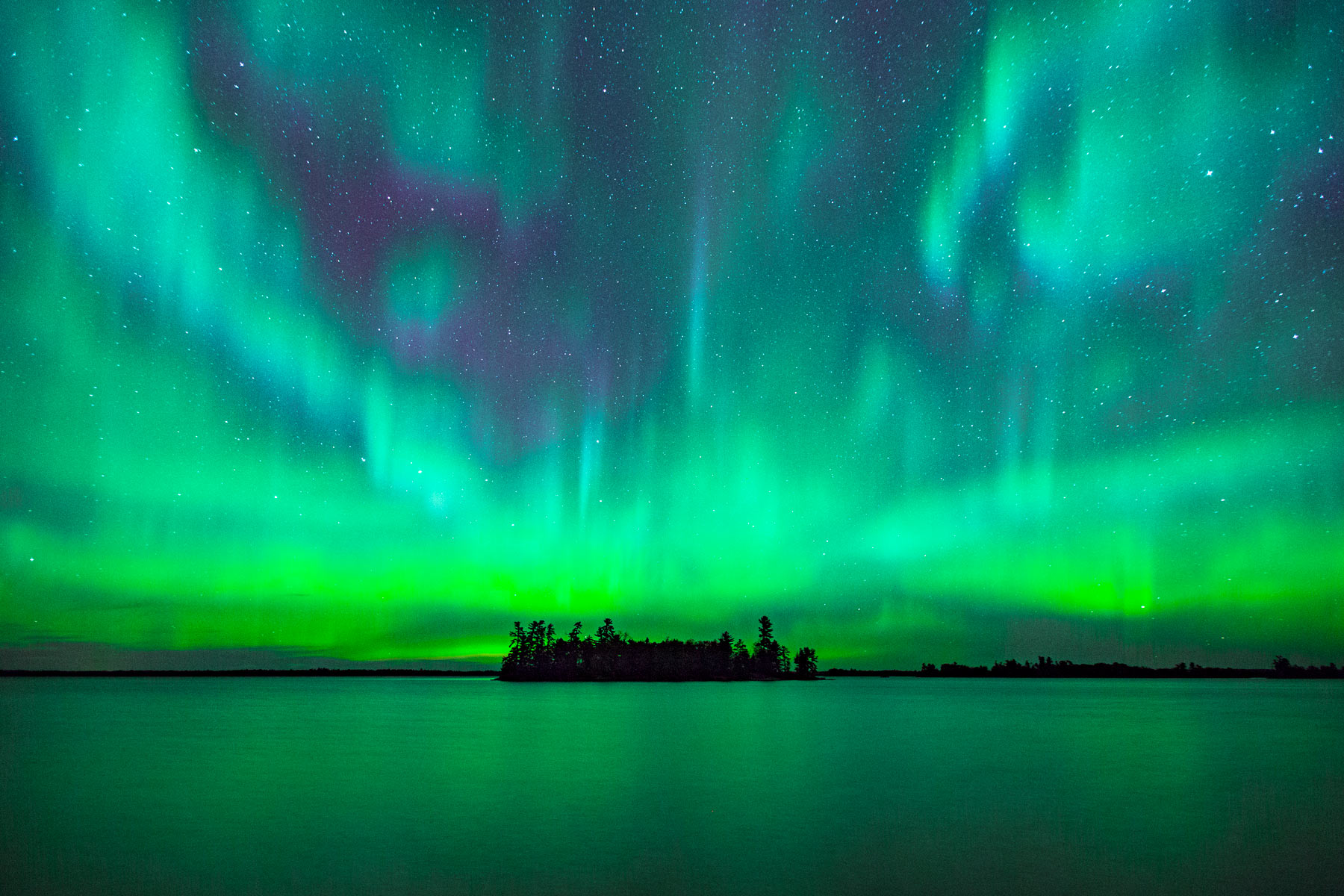
10. The Park Is Home To Some Of The Most Impressive Rock Formations In The U.S.
There’s really nothing that you can’t see or do at Voyageurs National Park which is why it’s one of my favorites.
Voyageurs National Park is home to some of the most impressive rock formations in the United States.
The park is situated on the southern tip of the Canadian Shield, a massive dome of volcanic bedrock that forms the heart of the North American continent.
This bedrock dates back to the formation of North America, around 2.8 billion years ago.
Volcanoes erupted in this area and deposited layers of ash and lava, creating island landmasses. These island arc volcanoes collided and formed larger landmasses. Subsequent uplifting, folding, superheating, and tremendous pressure created igneous and metamorphic rock, such as granite and schist, which make up the Kabetogama Peninsula.
Eons of erosion have worn down these volcanic mountain ranges to create the landscape that visitors can see today.

Grassy Bay Cliffs
Located in the southeastern part of the park on Sand Point Lake, Grassy Bay Cliffs rise 125 above the lake making for a striking contrast with the surrounding area. The cliffs are particularly beautiful in the fall when they are crowned by brilliant autumn reds and yellows.
Learning about how these lakes and rock formations were formed over some 2.5 billion years ago can make your visit and seeing these natural wonders all the more fascinating and enjoyable. To learn more about the geological history of the park visit a park visitors center or check out the park website.
The only way to access Grassy Bay Cliffs is by boat which can be rented at Voyagaire.

Top 12 Voyageurs National Park Facts
11. More Than Just Parks Made An Award-Winning Film About Voyageurs National Park
Now you can call me biased, but one of my two favorite Voyageurs National Park Facts (the other one is coming up next) is that More Than Just Parks made an award-winning film at Voyageurs National Park.
More Than Just Parks is the ONLY place you can go to find expert guides, beautiful photos, helpful tips, breathtaking films and so much more.
This film is the culmination of several weeks spent in the northernmost region of Minnesota known as Voyageurs National Park. Encompassing more than 340 square miles, Voyageurs is a watery wonderland almost exclusively accessible by boat.
Journey with us as we explore a land blanketed in pristine lakes, erupting with kaleidoscopic fall colors, and home to the most spectacular displays of the northern lights on the planet. This is Voyageurs. Filmed primarily in stunning UHD 8K.
Voyageurs is a park like no other in that it is almost entirely and exclusively accessible by water. If you plan on visiting the park be sure to check out boat rentals in the area!
One cool feature of the park is that there are no traditional campgrounds, only individual campsites constructed so that no one is visible from another.
Perhaps the coolest feature of this park is only visible after the sun goes down. Voyageurs is recognized as one of the best places to view the Northern Lights in the world.
Why Trust Us About Voyageurs National Park?
We’re Jim Pattiz and Will Pattiz, collectively known as the Pattiz Brothers (and sometimes the Parks Brothers) and we absolutely LOVE the national parks.
You should probably know that we don’t just make this stuff up out of thin air. We’ve spent our entire adult lives exploring and filming America’s national parks and public lands.
We’ve worked with the National Park Service, the Department of Interior, USDA, and the U.S. Forest Service for years creating films on important places and issues. Our work has been featured in leading publications all over the world and even some people outside of our immediate family call us experts on the national parks.

Meet The Parks Brothers
Map Of Voyageurs National Park
List Of Voyageurs National Park Facts
- The First People To Inhabit Voyageurs Arrived Nearly 10,000 Years Ago
- Voyageurs Offers An Amazing Collection Of Historical Properties
- A Future Vice President Would Be An Early Supporter Of Voyageurs National Park
- A Renowned Naturalist & Writer Led The Fight For A National Park In Minnesota
- Voyageurs Is A Water-Based Park
- The Park Is Home To A Diverse Array Of Wildlife
- Voyageurs National Park Lies In A Transition Area
- The Park Offers Excellent Hiking Opportunities
- Voyageurs Is A Great Place To See The Northern Lights
- The Park Is Home To Some Of The Most Impressive Rock Formations In The U.S.
- More Than Just Parks Made An Award-Winning Film About Voyageurs National Park
We Hope You’ll Follow Our Journey

Our goal here at More Than Just Parks is to share the beauty of America’s national parks and public lands through stunning short films in an effort to get Americans and the world to see the true value in land conservation.
We hope you’ll follow our journey through the parks and help us to keep them the incredible places that they are. If you’re interested in joining the adventure then please sign up below!
Helpful Articles
Voyageurs Guide: Voyageurs National Park: Epic Guide to Minnesota’s Watery Wonderland
Things to Do in Voyageurs: 10 Incredible Things to Do in Voyageurs National Park
Minnesota National Parks: 6 EPIC Minnesota National Parks Worth Visiting (Guide + Photos)
Voyageurs Camping: Voyageurs National Park Camping (Everything You Need to Know)
National Parks: All 63 National Parks Ranked By Experts
National Monuments: Ultimate List Of National Monuments
Landmarks: 25 Famous Bucket List Landmarks In America (MUST-SEE)
Park Rangers: A Brief (& Informative) History Of America’s National Park Rangers
Gifts: 50 BEST National Park Gifts For The National Park Fan In Your Life
Books: 45 BEST National Parks Books
Revolutionary War Sites: 10 BEST Revolutionary War Sites In America
Civil War Sites: 10 BEST Civil War Sites In America
Civil Rights Sites: 10 BEST Civil Rights Sites In America
National Parks In Movies: Look Familiar? 25+ CLASSIC Movies Filmed In The National Parks
Television Shows: Look Familiar? 10+ CLASSIC Television Shows Filmed In The National Parks
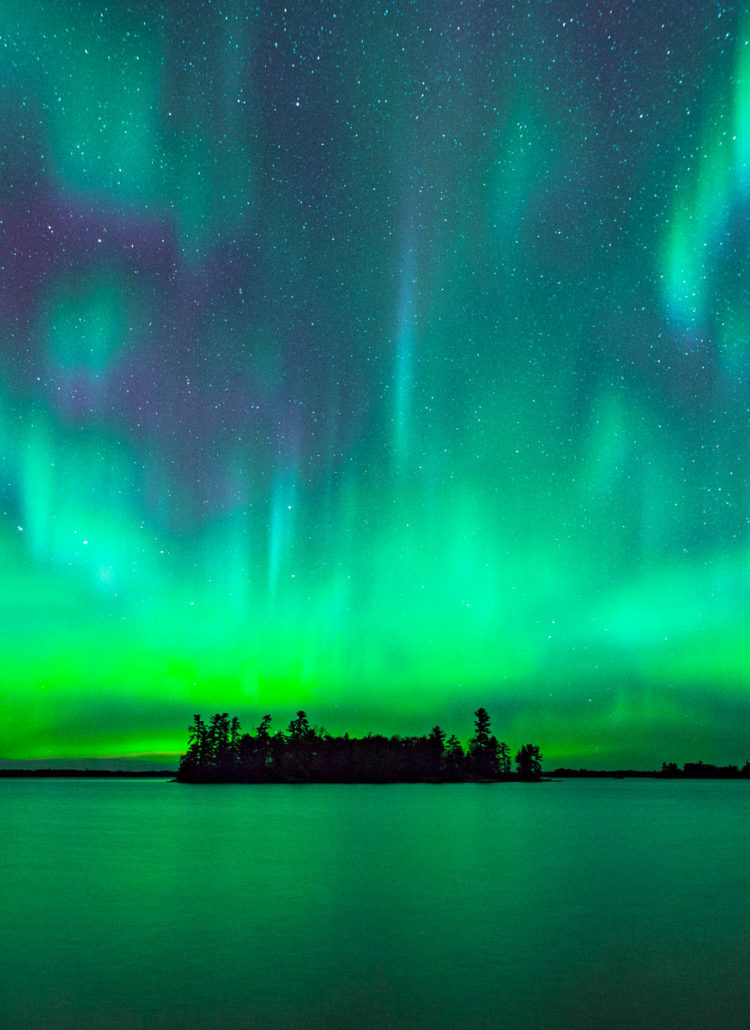
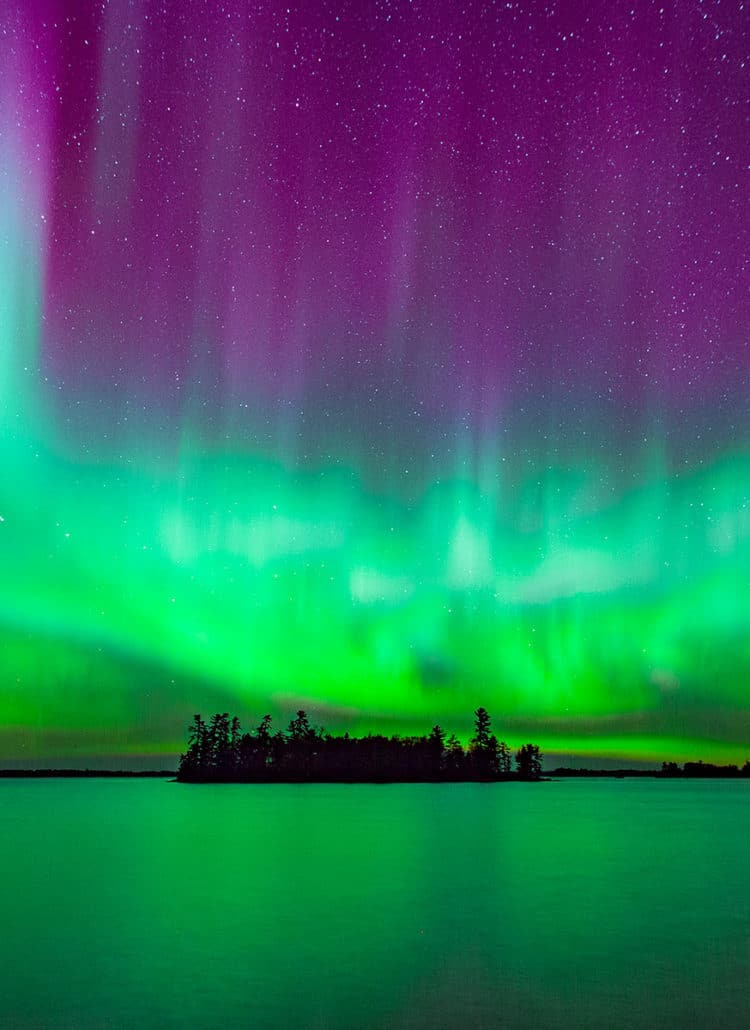

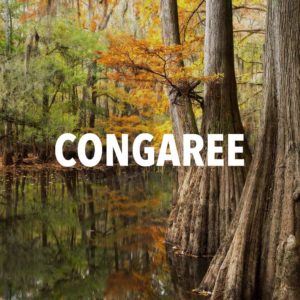

Leave a Reply